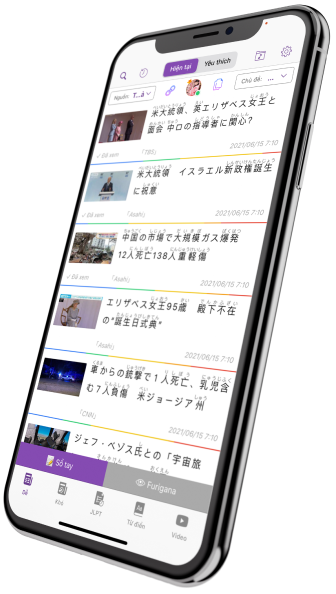
The Japanese counter 〜つ is undoubtedly one of the most versatile and practical counters to learn. It has a remarkable ability to count a wide range of items, encompassing virtually anything you can imagine. However, to make it more manageable, let's categorize its usage into various groups.
Before delving into the categories, let's first familiarize ourselves with the pronunciation when using 〜つ for counting. For numbers one through ten, 〜つ employs the wago counting method, requiring memorization of these readings.
|
Numeral |
Japanese |
Reading |
|
1 |
一つ |
ひとつ |
|
2 |
二つ |
ふたつ |
|
3 |
三つ |
みっつ |
|
4 |
四つ |
よっつ |
|
5 |
五つ |
いつつ |
|
6 |
六つ |
むっつ |
|
7 |
七つ |
ななつ |
|
8 |
八つ |
やっつ |
|
9 |
九つ |
ここのつ |
|
10 |
十 |
とお |
|
11 |
十一/十一個 |
じゅういち/じゅういっこ |
|
12 |
十二/十二個 |
じゅうに/じゅうにこ |
|
100 |
百/百個 |
ひゃく/ひゃっこ |
|
1,000 |
千/千個 |
せん/せんこ |
|
10,000 |
一万/一万個 |
いちまん/いちまんこ |
|
How many |
いくつ |
いくつ |
1. THREE-DIMENSIONAL THINGS
Anything with a three-dimensional shape—almost any object that exists in the world—can be counted using 〜つ. Oranges, apples, eggs, glasses, cups, keys, cushions, beds, TVs, etc.—even flat pieces of paper technically have a 3D shape to them.
E.g.
-
みかんを一つ食べた。(I ate one orange.)
-
携帯2つ持ってるの?(Do you have two cell phones?)
2. THINGS WITHOUT A DEFINITE SHAPE:
Examples of "things without a definite shape" include shadows, stains, dust, sound waves, and more.
E.g.
-
シミが2つ増えた。(I got two new kidney spots.)
-
物音一つ聞こえなかった。(There was no sound to be heard.)
3. NUMBER OF ORDERS
When you place an order for something—a product, a meal, etc.—you can count it with 〜つ. This is especially helpful for restaurants, where you can simply point to an item on the menu and use 「一つ」!
E.g.
ホットコーヒー2つください。(Two cups of hot coffee, please.)
チーズバーガー三つとラーメン四つもらえますか?(Can I get three cheeseburgers and four ramen?)
4. ABSTRACT THINGS
Things like ideas, thoughts, reasons, opinions, questions, truths, happiness, difficulties, seasons, and so on.
E.g.
いいアイディアが一つも浮かばない。(I can't come up with a single good idea.)
真実が2つあることもあるさ。(It's possible that there are two truths.)
5. AGES: 1–9
When counting a child's age, you can use the 〜つ counter. (Although from ten years onward, you'll need to remember to use the kango counting method plus 歳 さい.)
E.g.
来年で5つになるんです。(He'll be five next year.)
まだ二つなのにもう漢字が読めるの?(Can she already read Kanji at two years old?)
6. IDIOMS
Finally finally, some idioms use 一つ, and you can't substitute 一つ for 個 or any other counter due to these being set phrases.
E.g.
皆の心がひとつになる。(Everyone's heart becomes one)
自分の名前一つ書けない。(Can't even write one's own name.)
If you want to know how to count people, click here.
👉 Follow TODAI Japanese to learn Japanese better and know more about the latest information!










Login to comment